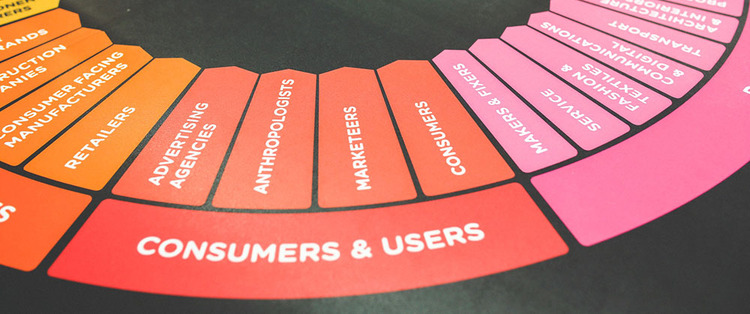Marketing Automation Needs A Bigger Platform

There is no doubt that marketers are under pressure to deliver amazing customer experiences across every channel in order to support brand visibility in their respective markets. To deliver on this focus, we marketers find and use dozens of solutions in order to be successful (Woopra). And, when these tools do what is needed in that moment, we become loyal to using those tools even in the face of challenging integrations, training resources to use multiple tools, overlapping functionalities and potential cross-tool confusion.
The crux of the situation is this: the ‘buzz’ circles around next-level marketing automation when, in fact, it should be around next-level web content management.
The culture of the tools that marketers use matters. We must gather better intelligence about our customers. Our tools need to provide good support, fast implementation and be cost-effective. We need to have flexibility, reliability in our tools and, somewhat ironically, to prepare for our beloved tools to be replaced through product obsoletion, better tools emerging and our own changing requirements.
Examples of the need to address an ever-broadening range of tools are rampant throughout the marketing automation industry (The Wall Street Journal):
- Pardot has been acquired by Salesforce.
- Eloqua has been acquired by Oracle.
- Slideshare is now LinkedIn Slideshare.
- Hubspot, after being unprofitable with multiple rounds of funding, has had major executive changes.
These transitions must be handled well or marketers experience even more angst (The Sassy Marketer). It is no longer feasible to think in terms of individual tools or even marketing channels or tactics. In fact, customer engagement crosses internal lines of roles and responsibilities as well because roles are about the work, not the people doing the work. Roles change project to project; decision-making authority is evenly distributed.
To get the most out of your marketing efforts, it is necessary to move into proactive communication by breaking down content silos and using social analysis to predict and get ahead of significant issues (Retail Customer Experience). There is now a continuum of functionality that needs to be considered in serving customers better, faster and more efficiently. It is not about marketing automation; instead, it is about integrating customer data with content and website tools quickly and effectively.
There is a paradigm shift afoot. To think marketing automation without a larger platform is to think small. For true digital enterprise, including marketing, there must be a foundational platform that supports delivering value through digital operations, infrastructure and cohesive applications (ZDnet).
As a result, the lines are effectively blurring; marketing automation needs the support and backdrop of a larger platform for digital experience management. Marketing automation is vital and, yet, it cannot be optimized until it is connected to the larger brand experience. Marketing automation can no longer exist in a vacuum - it is time to call it into the fold of digital experience management where it belongs. That is why we decided to partner and integrate deeply with Marketo, an industry-leading marketing automation platform. The combination of the two is the bigger platform!


